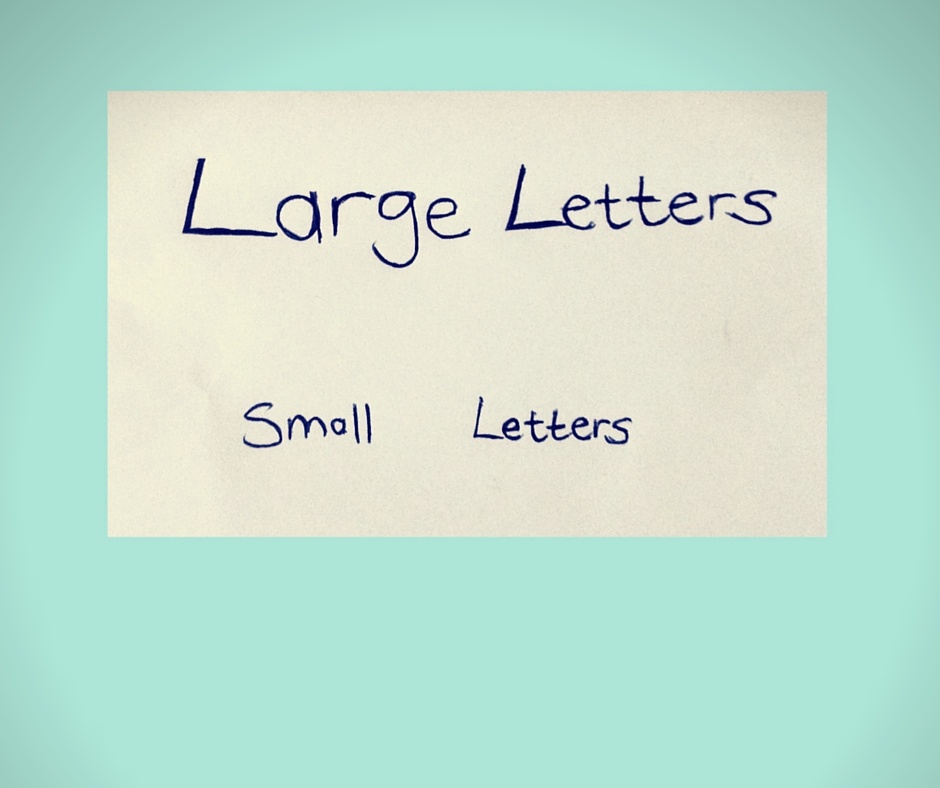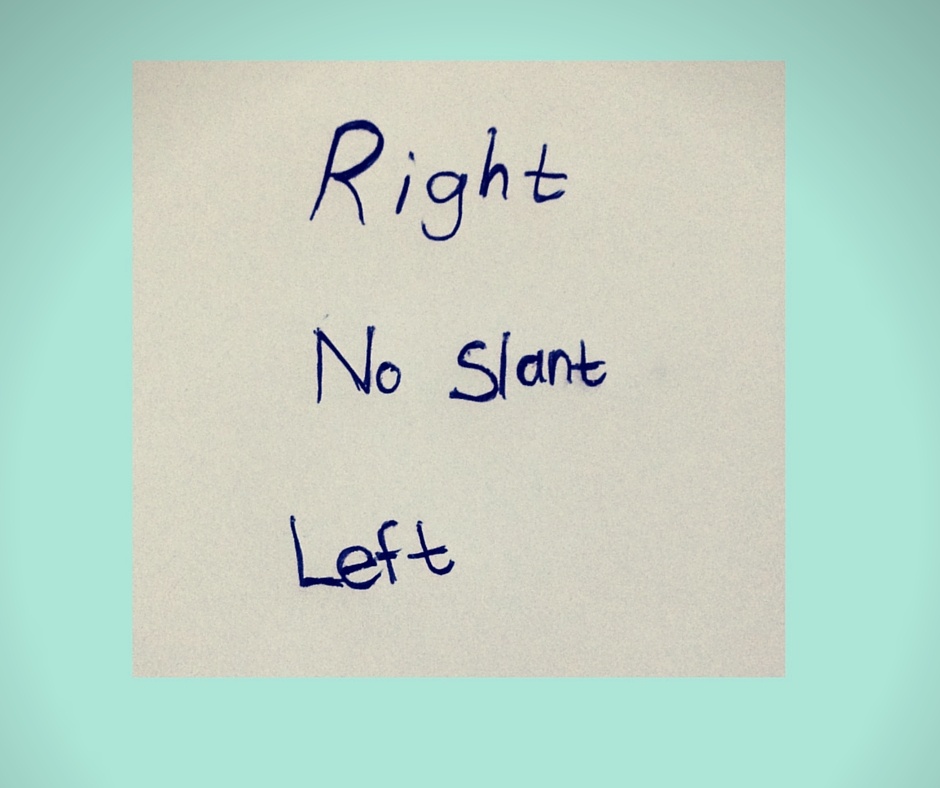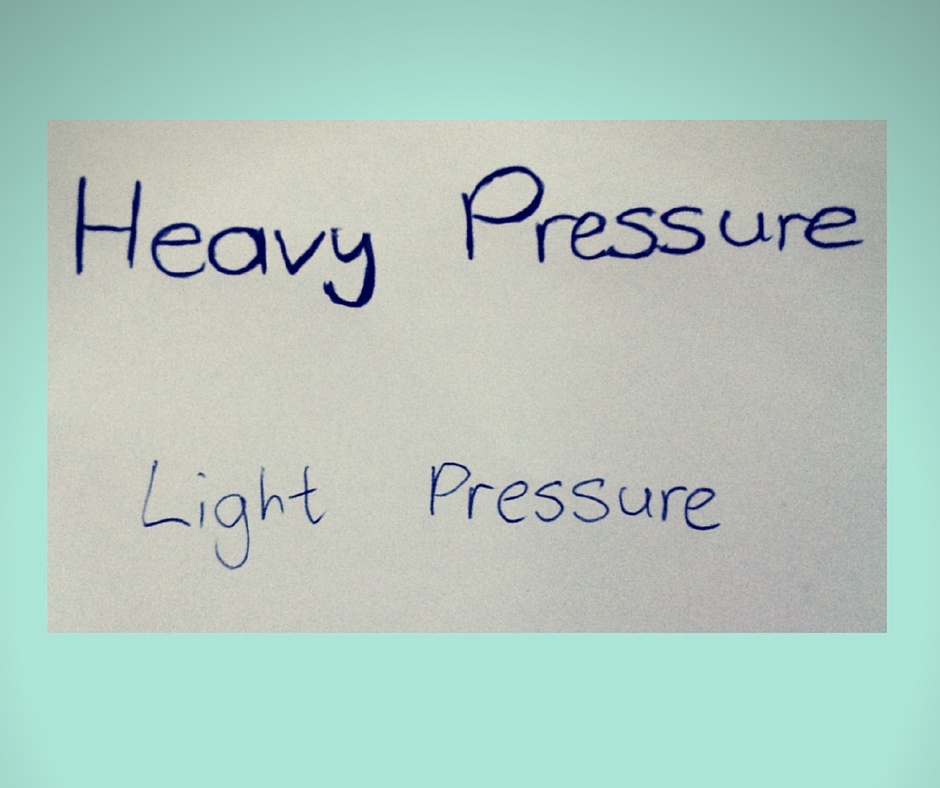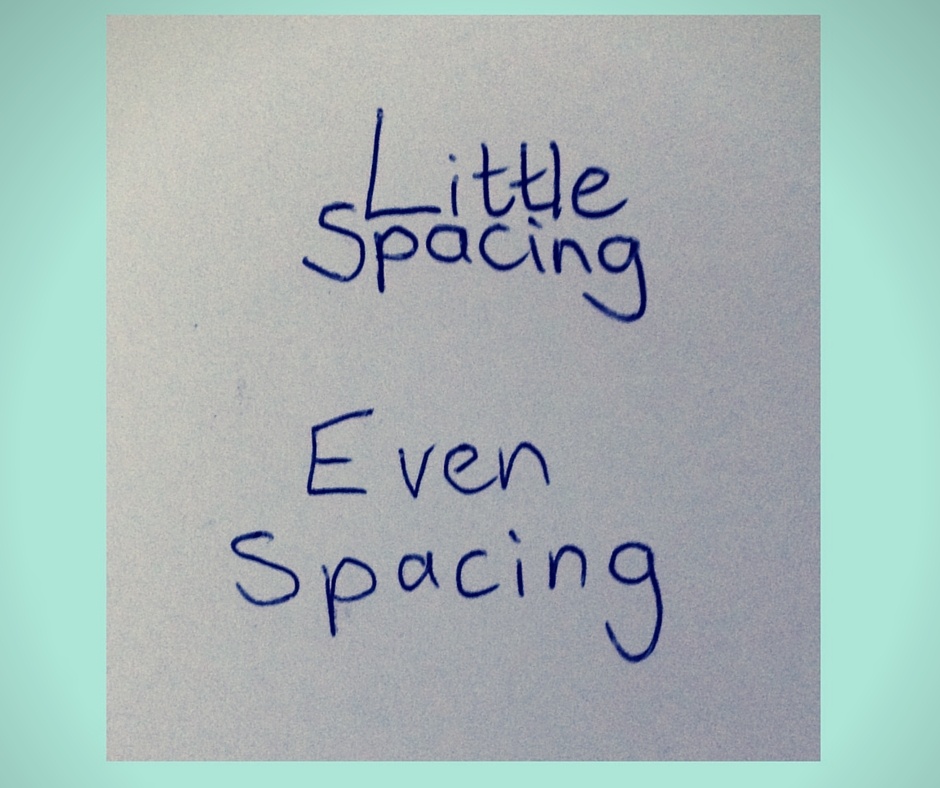Graphology has been around for centuries, with the first known public book emerging in 1622. The word, however, was only coined in the 1870s by Jean Michon of France. The emergence of psychology as a profession at the end of the century is credited with providing greatest advancement in the field. It was only in the 19th century that it truly gained prominence. It might then be surprising (or not) to note that today Graphology is used for a variety of purposes, such as: Considering the vast array of applications, you may be wondering what this looks like in action. There are four areas of focus; namely size, slant, pressure and spacing. Through analyzing each of them, certain personality traits can be determined. This of course only touches the tip of the iceberg and, as Kathy McKnight, expert Graphologist indicates, over 5,000 personality traits can be determined through merely analyzing a person’s handwriting. To get started, write out a sentence (try: The cow jumps over the moon) and then analyze based on the below.
Size
Large letters
This may indicate that you are an extrovert. You enjoy being around people. You enjoy social gatherings, such as parties and interacting with people.
Small letters
This may indicate that you are an introvert. Being intensely focused and having high levels of concentration are your strong points. If you are working on a creative project such as designing a website, you can focus in and ignore outside influences. If you are studying, you can concentrate immensely, to the point where someone may think you are ignoring them when you attempt to interact with them.
Slant
Right Slant
Your emotions govern you. You are sentimental. You are impulsive. You hold friends and family close. You find yourself expressing your feelings in a way that may seem foolish to others. When you visit a friend, you may run over, clap your hands and give them a big hug. Or you may spontaneously decide to climb in your car with no plan and see where the road takes you. Objects you receive as gifts from friends might have a special place in your home somewhere. You treasure them with all your heart.
No Slant
You are very pragmatic and logical. You do not let your emotions cloud your decision-making process. If a friend visits you at a whim and tells you that you are going on an adventure, your logical mind kicks in and you will analyse the merits of leaving what you are currently doing. You may even want to know exactly where you are going.
Left Slant
You enjoy working with objects rather than people as you are reserved. You engage in self-analysis. You might find yourself getting lost in painting or on any other project that involves working with objects.
Pressure
Heavy Pressure
Your emotions are strong. You are empathetic. You feel things intensely. This may mean that you are someone who is quick to react, letting your emotions take over. For example, if you are out in a club and you see someone in trouble or being harassed you will immediately intervene as your sense of emotion takes over, regardless as to whether there is imminent danger.
Light Pressure
You are care-free. You move from place to place. You are a wanderer. You do not let your emotions wear you out. A plane delay is no big fuss for you. You accept the situation for what it is and find something else to keep your mind preoccupied. You don’t waste unnecessary time and energy inquiring and trying to understand why there is a problem. You accept things for what they are and realise that moaning will just cause unnecessary stress.
Line Spacing
Little Spacing
Time management is not a strong point for you. You find yourself struggling with a routine You may even be late for meetings or find yourself over-scheduling your day. You easily lose track of time.
Even Spacing
You are aware of boundaries and are punctual. When a meeting is scheduled for a specific time, you will be there, as you understand that being late is not acceptable. You will not just arrive at someones’ house unexpectedly. You will ask to see whether it is okay first.



